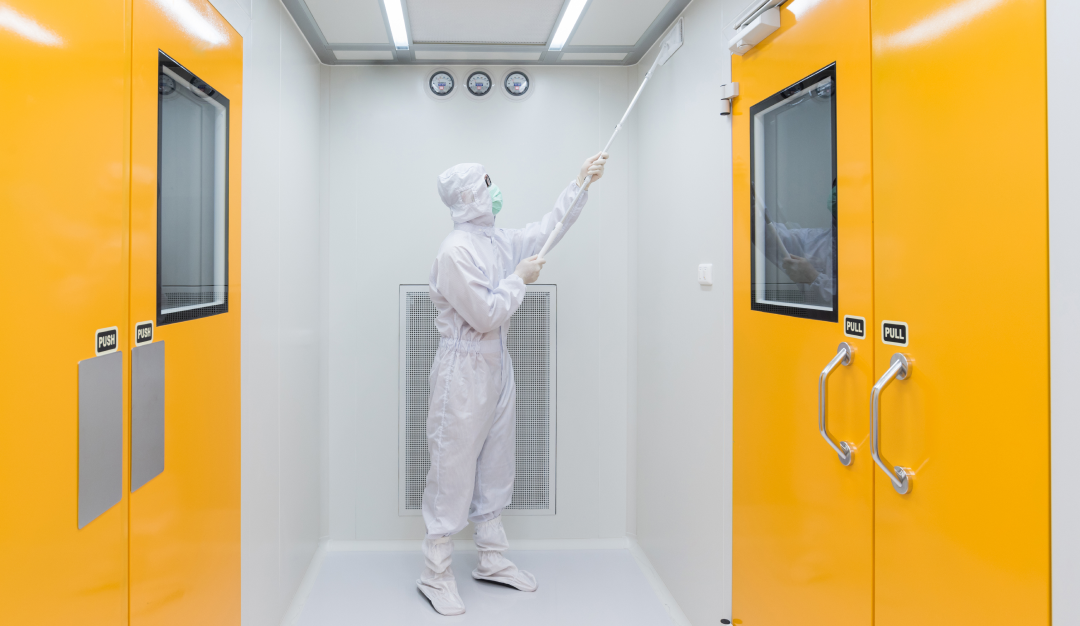
Painting healthcare facilities is much more than giving them a fresh coat of paint. It is about creating an environment that is not only conducive to healing but is also clean and safe. Painters working on healthcare facility projects need to follow certain guidelines, practices, and techniques to make sure that their painting work aligns with the unique requirements of these settings. Therefore, healthcare facilities like hospitals, clinics, labs, etc. need skilled professionals to handle the special challenges that come. Here are some of the most important painting practices to follow while working on hospital painting applications and related healthcare facility projects.
1. Prioritising Safety:
Safety must be the cornerstone of any painting project in a healthcare facility. Here are the key considerations:
- Identifying critical systems and equipment: Before starting any painting work in hospital, thoroughly identify and map out critical medical equipment, electrical systems, and other sensitive infrastructure. Also, implement safeguards to prevent accidental damage or disruption during the painting process.
- Mitigating physical hazards: Proper storage and handling of paints, solvents, and equipment is to be ensured. Ladders and tools need to be secured to prevent accidental falls or injuries. Clear protocols are also to be defined for the safe movement of materials and personnel within the healthcare facility.
- Minimising patient and staff exposure: It is important to plan the work in a way that minimises any kind of exposure, like chemicals, dust, fumes, etc., for both staff and visitors. Ensure there is proper ventilation during and after painting. If opening windows is not an option, use air purifiers.
2. Selecting the Right Paint :
You would agree that not all paints are the same, and over the past few years, there has been a kind of complete transformation in the paint industry. The new paints in the market are made with a focus on health and sustainability. Keep in mind the following while selecting paint for hospitals.
- Antimicrobial properties: Choose paints that are formulated with antimicrobial properties to resist the growth of mould and bacteria, which can pose health risks to patients and staff, especially in areas prone to dampness.
- Minimal VOC content: For the safety of their patients and staff, healthcare facilities have to maintain safe indoor air quality. To facilitate this, select paints that either have low or completely no volatile organic compounds. low-quality paints often have high VOC content, which is found to be harmful in many ways. There have been studies that have shown that high VOCs can have various short- and long-term adverse health effects, including but not limited to ENT irritation and nausea, and may even cause damage to the liver, kidneys, and central nervous system.
- Durability, stain resistance, and washability: Patients with various health issues, diseases, and infections visit healthcare facilities every day. This means the place is stormed with germs on a regular basis. To keep the facilities clean and the environment safe, frequent cleaning and disinfection of even the walls are essential. For wall painting for hospitals, the paints must have superior durability and stain resistance to withstand rigorous cleaning procedures.
CHOOSE PAINTS THAT ARE FORMULATED WITH ANTIMICROBIAL PROPERTIES TO RESIST THE GROWTH OF MOULD AND BACTERIA.
3. Colour Selection for Purpose and Impact :
Colour selection plays a significant role in creating a healing and positive atmosphere in healthcare facilities. While finalising the colours, consider these factors:
- Purpose of the room: Different areas within the facility serve various purposes. While finalising paint for hospital walls, choose calming and relaxing colours for patient rooms, such as soft blues, greens, and lavenders. For waiting areas or common spaces, more energising colours like yellows or oranges can be used.
- Ceiling considerations: Since patients often spend a significant amount of time lying down, ceilings deserve special attention. Consider either white or lighter shades that create a sense of spaciousness.
- Branding and identity: While maintaining a focus on patient well-being, incorporating subtle brand colours can help create a sense of familiarity and cohesiveness within the facility

4. Developing a Proper Schedule
Before initiating painting work in healthcare facilities, it's crucial to establish a maintenance schedule in coordination with facility authorities, prioritizing minimal disruption to routine operations. Given the constant flow of patients and staff, flexibility in scheduling is essential, particularly in critical areas like ICUs and emergency rooms. Additionally, adequate time should be allocated for drying in damp-prone areas to ensure optimal results.
